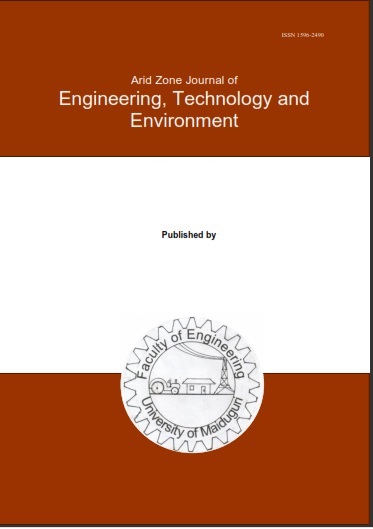Abstract
Corrosion phenomena, control, and prevention are significant scientific issues that require ongoing attention due to the increasing demand for metallic materials in various technological developments. The use of natural inhibitors is an attractive option for preventing corrosion due to their environmental friendliness, cost-effectiveness, and ease of sourcing and renewability. This research investigates the potential of locally sourced, non-edible plants as corrosion inhibitors. Specifically, extracts from Lantana camara, Cassia occidentalis, and Ricinus communis seeds and leaves were tested on mild steel in a 2M HCl solution to determine their corrosion prevention potency and compare the inhibitive properties between the leaves and seeds of each plant. The maceration method was employed for extraction using ethanol as the solvent. Corrosion tests were conducted using the weight loss technique to determine the corrosion rate of mild steel coupons over a 14-day period, with measurements taken at 24-hour intervals. The results indicate that Cassia occidentalis leaves and Lantana camara leaves exhibit lower corrosion rates compared to their respective seeds. Conversely, Ricinus communis seeds showed a lower corrosion rate than its leaf extract. All inhibitors demonstrated notable inhibitive properties, with Cassia occidentalis leaves displaying the highest inhibitive efficiency, likely due to its high phytochemical constituents.

This work is licensed under a Creative Commons Attribution-NonCommercial-NoDerivatives 4.0 International License.
Copyright (c) 2025 ARID ZONE JOURNAL OF ENGINEERING, TECHNOLOGY AND ENVIRONMENT

